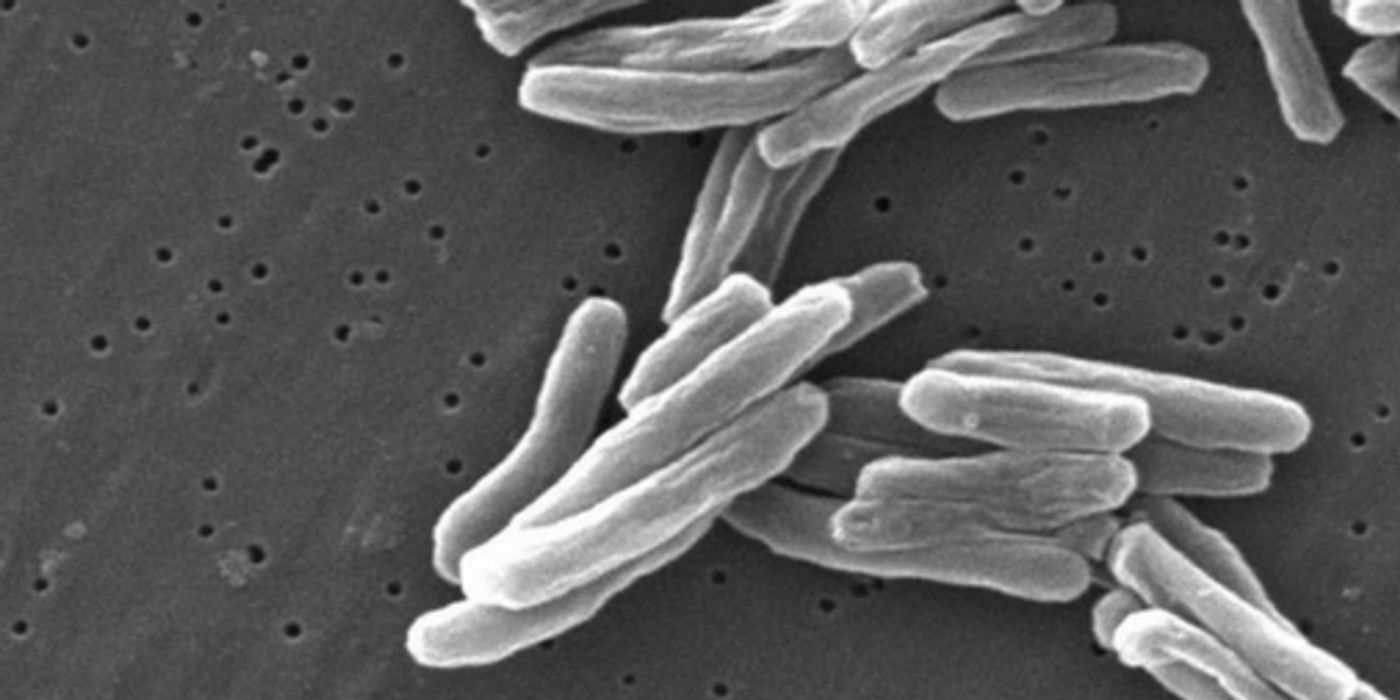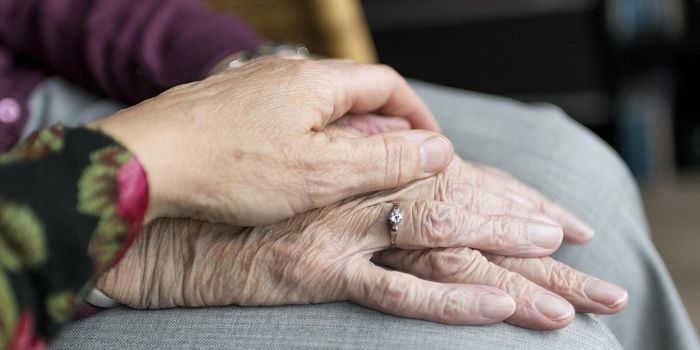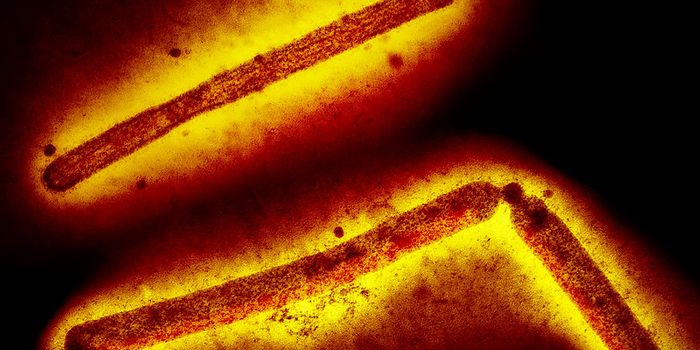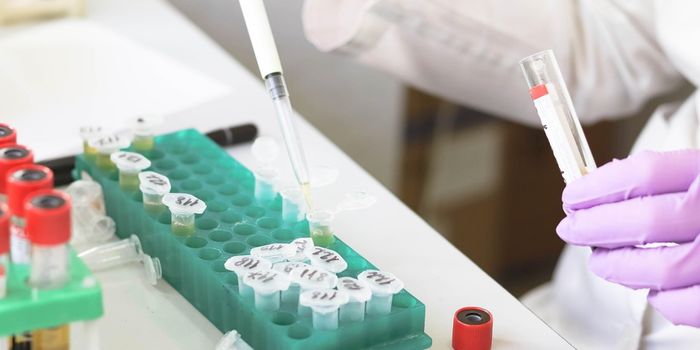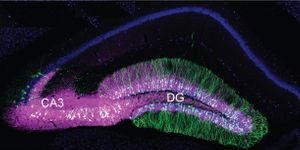Tuberculosis Could Be Diagnosed Using Only Saliva
Tuberculosis (TB) remains one of the deadliest infections in the world. Part of the problem is the extended period of time it takes to make a correct diagnosis. Now, scientists say genetic testing from a suspected patient’s spit is enough for testing. Furthermore, this method would produce accurate diagnoses within the same day.
Caused by the bacteria Mycobacterium tuberculosis, the disease affects the lungs of patients. Because the bacteria is spread through the air, people with tuberculosis can easily infect other people if they aren’t diagnosed and treated properly.
Currently, a TB diagnosis can take up to two months to confirm in the lab due to the slow growth of the bacteria. Scientists hope to move towards TB testing with just a sputum sample, but the low amount of TB bacteria DNA in saliva makes this method difficult.
But now, scientists at the University of Oxford say there’s a way to test for TB in sputum reliably. Their method relies on isolating the TB DNA and performing genome sequencing to identify the TB strain. This method, they say, can detect strains that have become drug-resistant. This type of information will benefit the patient, and also alert public health experts who may be interested in tracking the spread of these strains for epidemiological purposes.
Furthermore, the new method can boast same-day turn-around-time - a feat that can revolutionize diagnosing of TB. The claim is backed by new sequencing technology that has gotten more affordable and portable since the field of genetics exploded a few years ago. Using a handheld device called the Oxford Nanopore MInION, the team say that they can achieve reliable diagnoses within 12.5 hours, anywhere in the world.
“One of the great challenges with the management of TB is the need for rapid, comprehensive tests that do not require a hi-tech laboratory. We have shown that it is possible to get all information needed both for clinical management and for tracking disease spread, all within 24 hours of taking the sample from the patient. Further, by achieving this with a handheld device, we open the door to in-field diagnostic tests for TB,” said Dr. Zamin Iqbal from the Wellcome Trust Centre of Human Genetics at Oxford University, who co-led the study.
“There is more work to be done of course - our goal is to return test results before the patient leaves their clinic, with huge potential for reducing transmission of the disease, and of drug resistance,” he added.
Among the fast turn-around-time, researchers consider the ability to identify drug-resistant strains a huge advantage of this new method of detection. This will be especially crucial in an era of superbugs.
Additional sources: MedicalXpress, BBC
